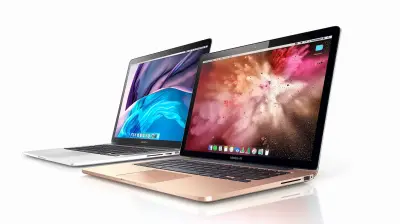The Ultimate Smartwatch Buying Guide for Fitness Enthusiasts
25 June 2025
So, you've decided to level up your fitness game. Maybe you've been crushing your gym goals, hitting the trails every weekend, or just trying to keep up with your step count. Whatever your reason, you're in the market for a smartwatch — a handy little wrist companion that tracks your workouts, monitors your health, and maybe even reminds you to drink water (because, let’s be honest, we all forget).
But with so many options out there, finding the perfect smartwatch can be more exhausting than a Monday morning leg day session. No worries — I’ve got your back! This guide breaks it all down in a way that makes sense, without the techy jargon overload.
Let’s dive into what really matters when picking a smartwatch tailored for fitness lovers like you.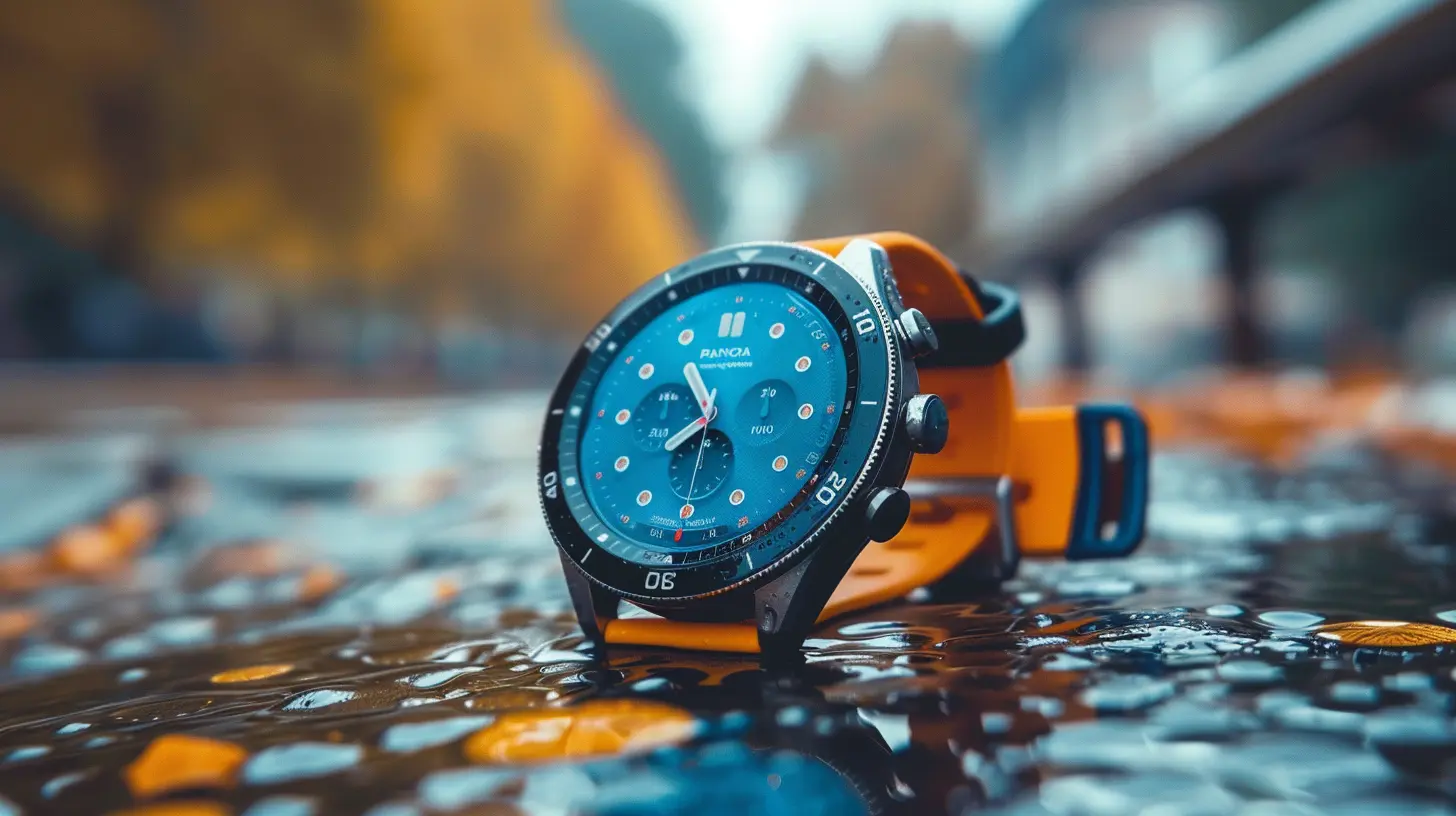
Why a Smartwatch Is a Game-Changer for Fitness
Alright, before we jump into the nuts and bolts, let’s talk about why smartwatches have become the holy grail of fitness gadgets.Think of a smartwatch as your personal fitness coach, accountability partner, and health checker all rolled into one tiny device strapped to your wrist. It doesn’t just tell the time — it tracks your heart rate, monitors your sleep, logs your steps, measures your calories burned, and even gives you tailored insights to improve your workouts.
From runners and yoga lovers to cyclists and weightlifters, there’s a smartwatch out there for every kind of fitness junkie. The trick is figuring out which features you actually need... and which ones are just flashy add-ons.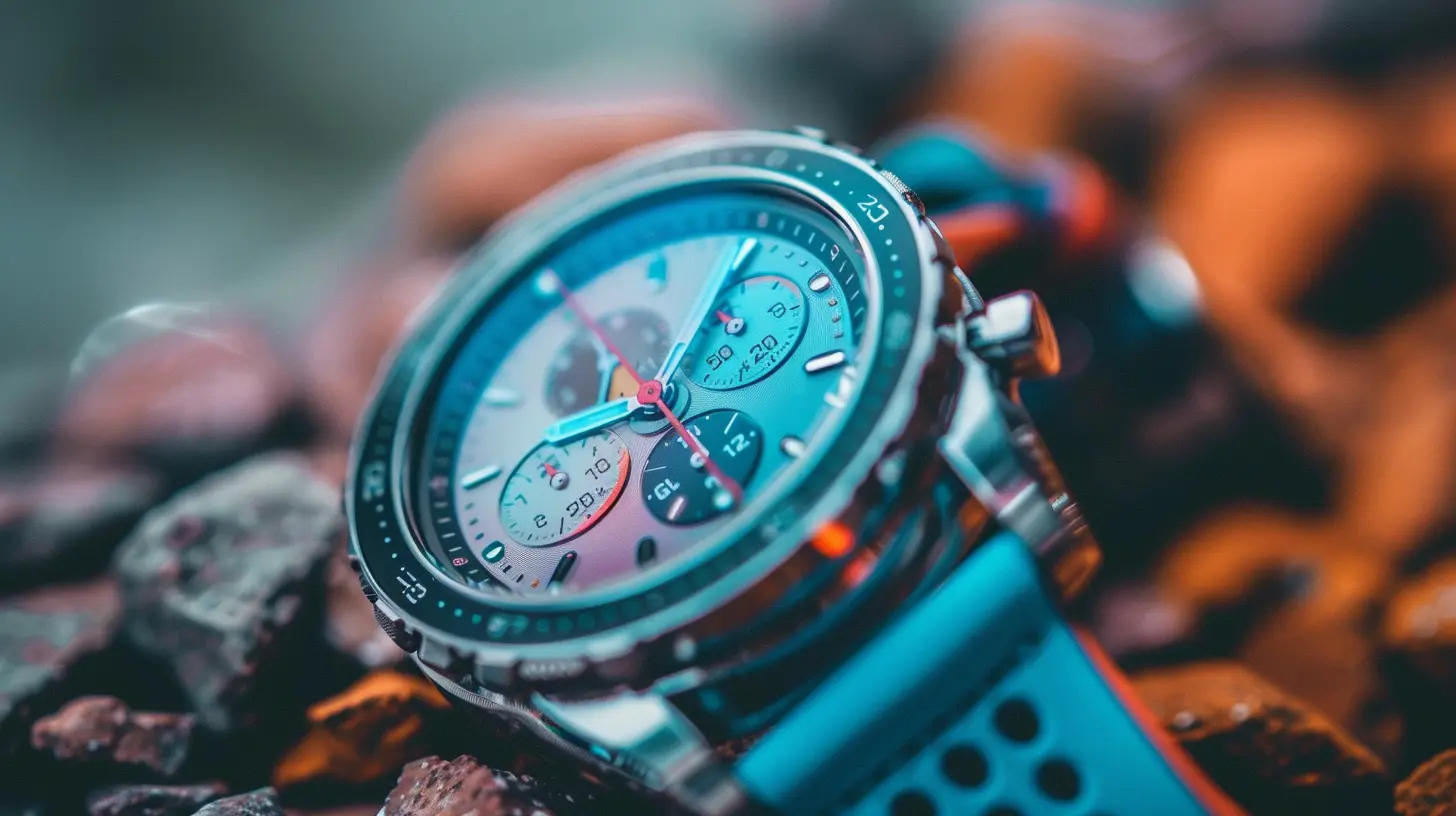
Key Features to Look for in a Fitness Smartwatch
Not all smartwatches are created equal. Some are built for ultra-marathoners, while others focus more on lifestyle and basic tracking.Here are the key features that matter most:
1. Heart Rate Monitoring
This is non-negotiable if you're serious about fitness. A good smartwatch continuously tracks your heart rate — not just when you’re working out, but throughout the day. This gives insights into your resting heart rate, how hard you're pushing during workouts, and even helps with recovery.👉 Bonus: Some models offer ECG (electrocardiogram) functionality for advanced heart health tracking.
2. GPS Tracking
Whether you're running, biking, or hiking, built-in GPS is a must if you want accurate stats on distance, pace, and routes — without having to carry your phone.Pro tip: Some cheaper watches use connected GPS, which piggybacks off your phone. It works, but it’s not as convenient if you like to go phone-free.
3. Sleep Tracking
Sleep is where the magic happens — it's when your muscles recover and your body resets. A fitness smartwatch that tracks your sleep cycles and gives insights into sleep quality is a game-changer.Some watches even give you a sleep score and suggestions to improve sleep hygiene (hello, fewer late-night Netflix binges).
4. Water Resistance
Sweat is part of the game, and so is rain. If you’re into swimming, opt for a watch that’s swim-proof — look for an ATM rating (5ATM means it can handle 50 meters underwater).5. Battery Life
Nothing kills the vibe like a dead battery mid-run. Battery life varies wildly between brands and models.- Basic fitness trackers: up to 10–14 days
- Feature-rich smartwatches: 1–3 days typically
- GPS use drains battery faster, so if you’re a long-distance runner, this really matters.
6. Workout Modes and Tracking
The more, the merrier — look for a smartwatch that tracks a variety of workouts: running, HIIT, yoga, cycling, swimming, weight training, and more.Some even detect your activity automatically (yep, no more forgetting to hit “start”).
7. App Ecosystem and Compatibility
Make sure the watch plays nice with your phone’s OS (iOS or Android) and syncs with the fitness apps you already love — whether that’s Apple Health, Google Fit, Strava, MyFitnessPal, or others.8. Health Monitoring Beyond Fitness
Look out for bonus features like:- VO2 Max Tracking (oxygen consumption during exercise)
- SpO2 Sensors (blood oxygen levels)
- Stress Tracking
- Cycle Tracking for women
- Temperature Sensors
These advanced metrics help you get a full-picture view of your health.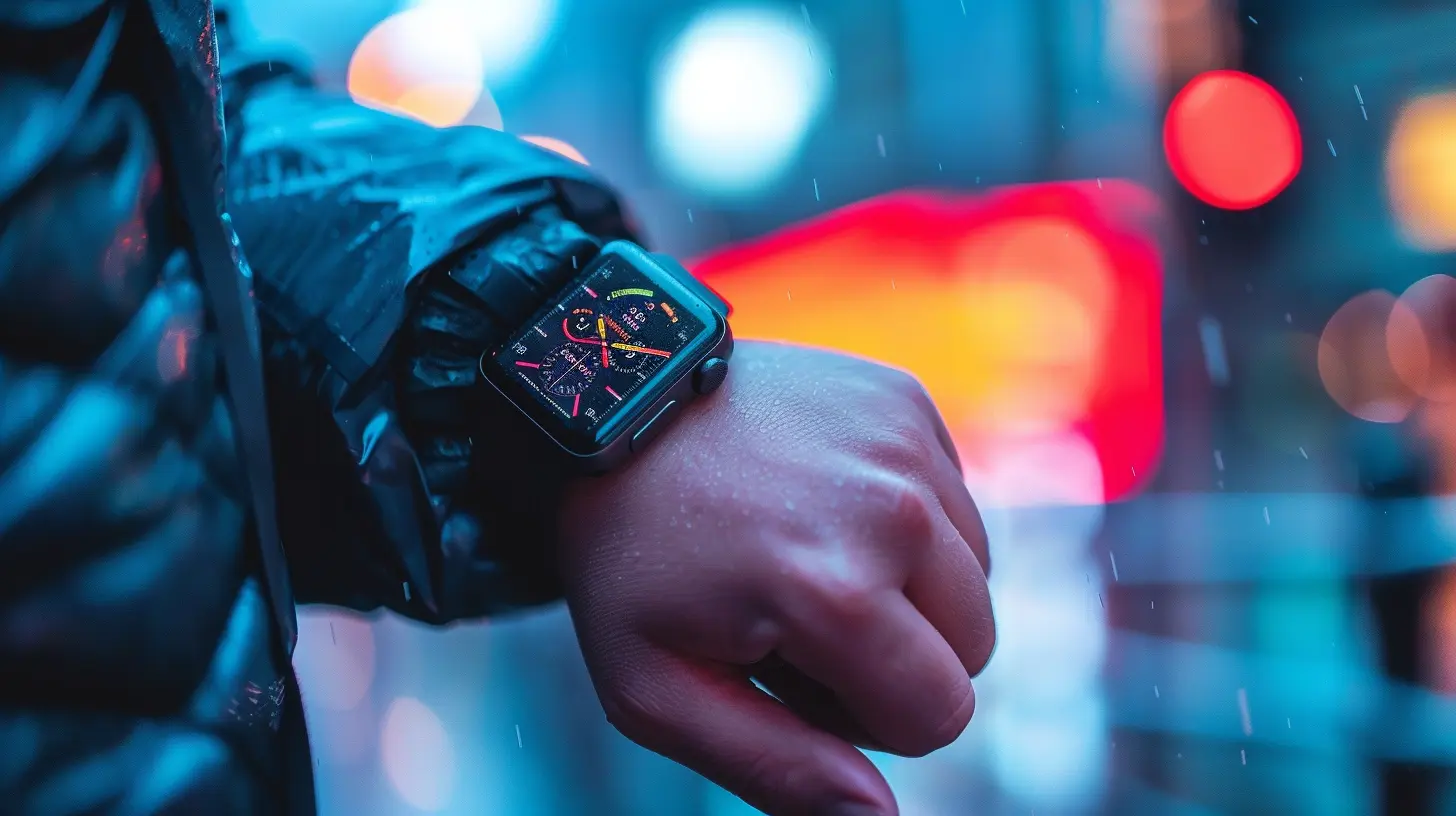
Top Smartwatch Brands for Fitness Enthusiasts in 2024
Alright, now let’s break down some of the best options out there, depending on your needs and budget.🏆 Best Overall: Apple Watch Series 9
If you're an iPhone user, this is the gold standard. The Apple Watch Series 9 blends fitness features with daily functionality.Pros:
- Seamless iPhone integration
- Advanced health sensors (ECG, SpO2, heart rate)
- Great third-party fitness app support
- On-screen coaching and guided workouts
Cons:
- Expensive
- Shorter battery life (~18 hours)
Perfect for: Apple users who want the best of health, fitness, and smarts.
🔋 Best Battery Life: Garmin Forerunner 265
Garmin is a fan-favorite among runners, cyclists, and triathletes.Pros:
- Super accurate GPS and heart rate tracking
- Insane battery life (up to 13 days in smartwatch mode)
- Tons of workout modes and training feedback
- VO2 Max, recovery advisor, and sleep tracking
Cons:
- UI feels less “smartwatchy”
- Pricier for casual users
Perfect for: Runners and serious endurance athletes who train often.
💸 Best Budget Pick: Amazfit GTS 4
Fitness tracking on a budget? This one punches above its weight.Pros:
- Stylish design
- Good battery life (up to 8 days)
- Tracks 150+ sports modes
- SpO2, heart rate, and sleep tracking
Cons:
- App interface can be clunky
- Less accurate GPS
Perfect for: Beginners or budget-conscious buyers who want solid basics.
🧘 Best for Wellness and Lifestyle: Fitbit Sense 2
Fitbit has been around forever — and the Sense 2 is all about holistic health.Pros:
- Great sleep and stress tracking
- EDA sensor for mindfulness and stress management
- Decent fitness tracking
- Comfortable, lightweight design
Cons:
- Limited GPS accuracy
- Premium features behind a subscription
Perfect for: Wellness-focused users who want a well-rounded health tracker.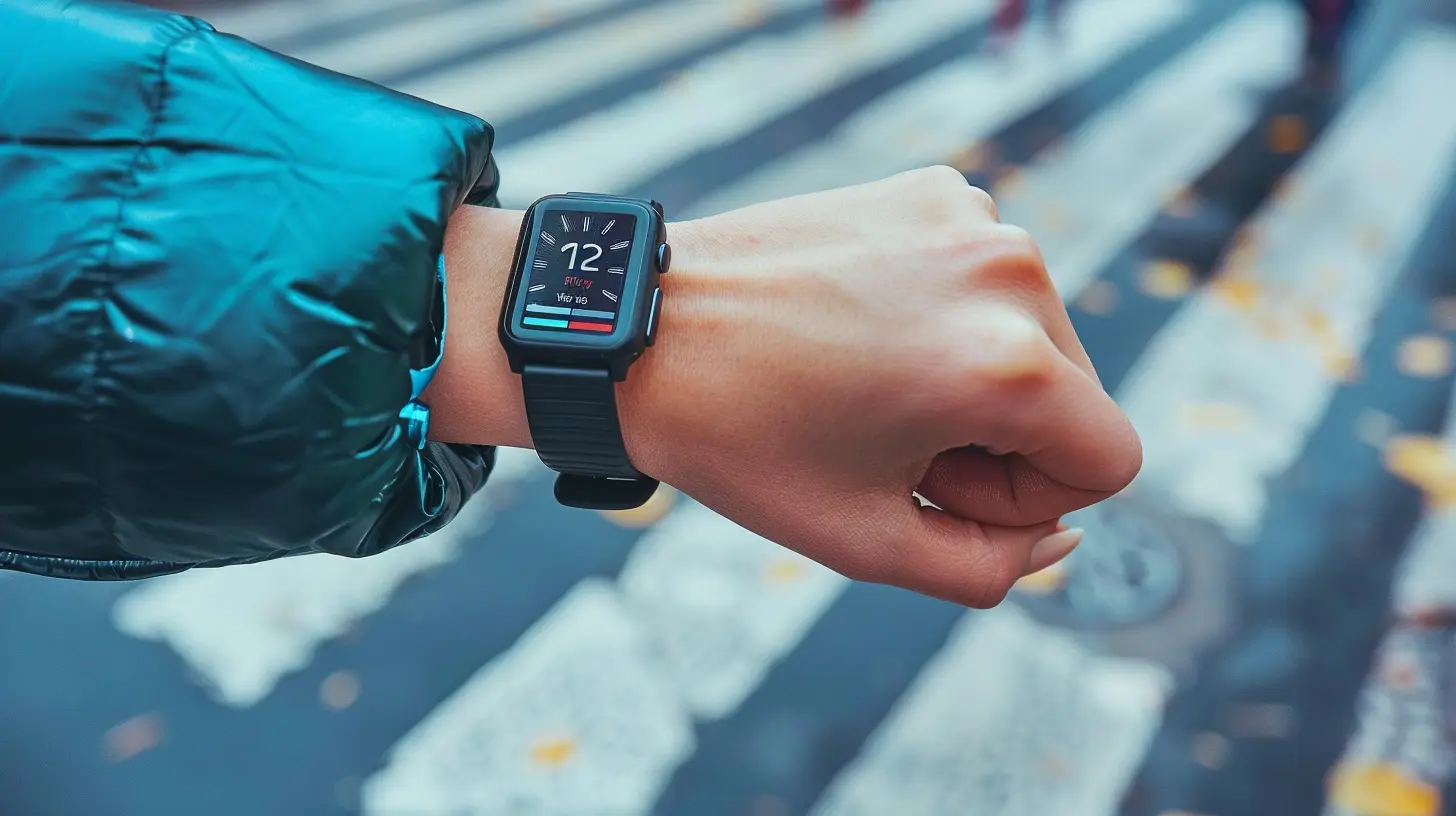
How to Choose the Right Smartwatch for YOU
Now that you’ve got a lay of the land, here's how to narrow down your choice.🛠 Define Your Fitness Goals
- Into lifting? Prioritize workout tracking and rest timers.- Marathon training? GPS and VO2 Max are key.
- Yoga or pilates? Look for mindfulness and flexibility tracking.
- Just staying active? A basic tracker might be all you need.
💰 Set Your Budget
Smartwatches range from $50 to over $500. Decide what you’re willing to invest — remember, it’s for your health!📲 Consider Your Tech Ecosystem
- Got an iPhone? Go with Apple Watch.- Use Android? Garmin, Fitbit, or Amazfit might be better fits.
🎯 Prioritize the Features You’ll Actually Use
Don’t get caught up in shiny features you’ll never touch. Ask yourself this: “Will I really use this ECG sensor weekly?” If not, skip it.Extra Tips Before You Hit "Buy"
- Check Reviews: Look beyond stars. What are real users saying about battery life, accuracy, and durability?- Try It On: If you can, check how it feels. You’re wearing it daily, so comfort matters.
- Check Warranty & Support: Tech glitches happen. Make sure you're covered.
The Future of Fitness Smartwatches
It’s wild how far wearable tech has come. And it's only getting better — think AI-powered workout coaching, hydration tracking, non-invasive blood glucose monitoring, and even mental wellness insights.One thing’s for sure: the fusion of fitness and tech isn’t slowing down anytime soon. So investing in a solid smartwatch now is like buying a gym membership — but for your entire body and mind.
Final Thoughts
Phew! That was a lot, right? But hey, picking the right smartwatch doesn’t have to feel like rocket science. Whether you’re a casual gym-goer or a dedicated athlete training for your next ultra, there’s a perfect match out there for you.Use this guide as your cheat sheet, think about what you really need, and go from there. Once you strap that smartwatch onto your wrist, I promise — there’s no looking back. You’re officially in beast mode.
Happy tracking, friend.
all images in this post were generated using AI tools
Category:
Review GuidesAuthor:

Gabriel Sullivan
Discussion
rate this article
2 comments
Sylvia O'Neal
Step up your fitness game!
November 14, 2025 at 4:02 AM
Yvonne Horne
Finally, a definitive guide that cuts through the clutter! With fitness trackers evolving into smartwatches, this article is a must-read for anyone looking to elevate their workout game without drowning in tech jargon. Kudos!
July 2, 2025 at 4:29 AM

Gabriel Sullivan
Thank you for your kind words! I’m glad you found the guide helpful and accessible. Happy to assist in your fitness journey!


